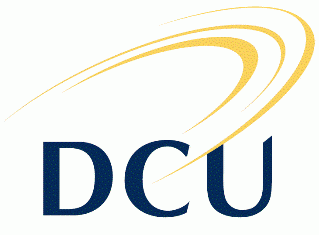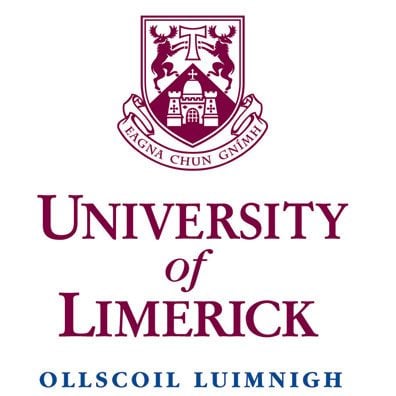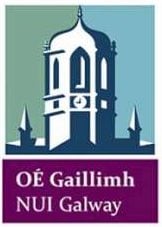“DCU requested MAPS to convert a paper based process into an on-line workflow solution. They worked very closely with us to identify our requirements and to satisfy many different stakeholders in a complex organisation. The solution is now used daily throughout DCU. We found MAPS very responsive to developing new features to the software as we identified additional requirements from user feedback.”

“As the individual responsible for University governance, working with MAPS assures me that the University is receiving value for money in securing top-class expertise in the design, development implementation and support of technical solutions and software application services. I have no hesitation in recommending MAPS to any organisation as a Company that delivers excellent expertise and service across a broad range of business needs.”

"To put it simply, I know I can rely on MAPS. The MAPS team spend the time necessary to understand what is required and how to make it work optimally. In those high octane moments, MAPS’ process oriented solutions give me confidence and peace of mind."

“The relationship between DCU and MAPS is better described as a partnership rather than a supplier / client relationship, and I have no hesitation in recommending MAPS to other organisations both for the quality of their work and for the professionalism of their staff.”

“MAPS depth and breadth of knowledge of business analysis, business process re-engineering, development and support is of great benefit to the University. MAPS have a deep understanding of the Higher Education landscape and have been key in delivering strategic initiatives for NUI Galway. I have always found their customer service to be exemplary while their flexible and adaptable approach to delivery has gained respect across various business units in the University.”

ISO 27701, a new International recognised Standard and what you need to know about it!
MAPS recently became amongst the first ISO 27701 certificated Organisations in Ireland and I can say with certainty that the experience was a very positive one for us! We already had firm understanding of Information security best practice but wanted to take our game to the next level and 27701 helped up get there. In […]
To Control or not Control a Document?
“Do I really need to control this document?” is a question that everyone asks about their quality system. The words “document control” when it comes to ISO 9001 certification are incredibly important. It is the core process which determines whether or not your Organisation will achieve or maintain compliance in a specific sector. Clause 4.4 […]
What is ISO 27001 and what can your Organisation gain from implementing it?
Are you familiar with the benefits of ISO 27001, the standard for Information Security? Did you know that this standard can help your Organisation meet obligations under General Data Protection Regulation (GDPR)? This blog will help you understand the potential benefits of adopting ISO 27001 into your Organisation. ISO (International Standards Organisation) 27001 describes best […]